Statistical and Computational Models in Vision
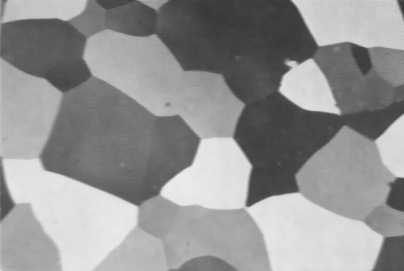



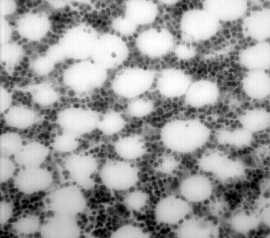
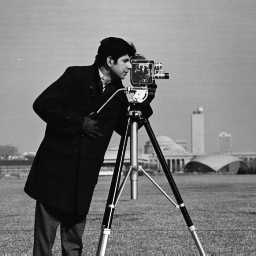

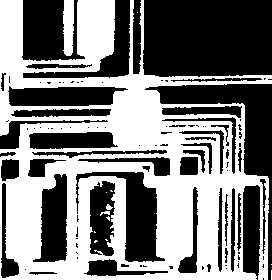

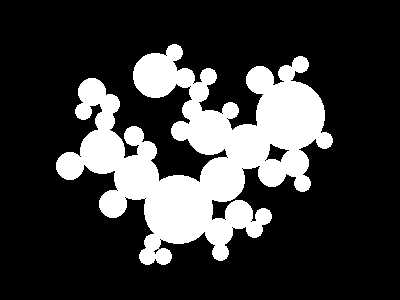



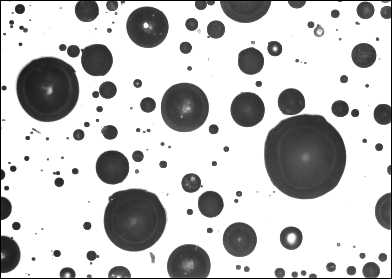





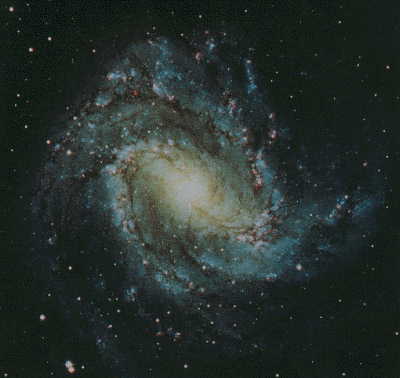

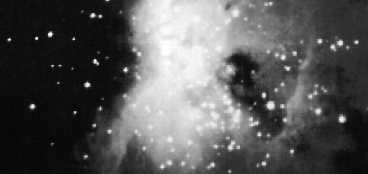
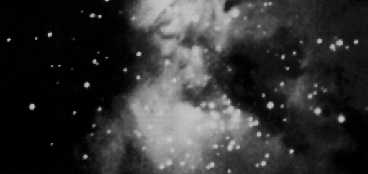
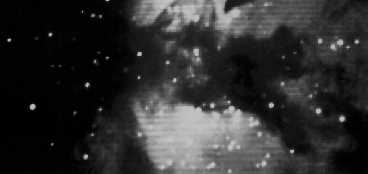
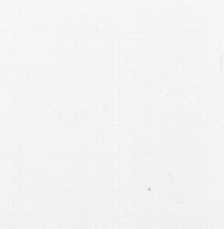




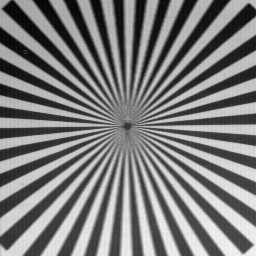
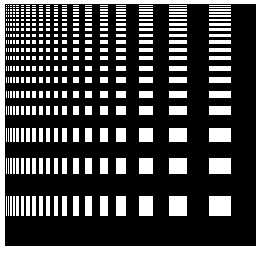


This is a graduate level
course on computer image analysis. Upon completion, students should be
able to sketch a global picture of the computer vision field and have learned
fundamental concepts and advanced methods in statistical modeling of images,
stochastic computation, and projective geometry.
Instructor: Pedro
M. Q. Aguiar, ISR-IST,
contact: aguiar@isr.ist.utl.pt
Reading material: There
is no textbook for the course. The readings are research papers and selected
chapters/sections from various books. The majority of these papers are
either linked through the course web page or provided as handouts.
Pre-requisites: Background
in computer vision, pattern recognition, statistics. Previous experience
on computer vision/image processing projects. MATLAB programming skills.
Grading: Students will
be graded according to i) lecture attendance and discussion and ii) a presentation
on a specific topic. i) In order to participate discussions effectively,
students should read the materials before attending the lectures. ii) Students
should identify a topic of their interest as soon as possible and prepare
a 60 min. presentation on that topic.
Tentative syllabus:
Introduction. What is
vision?
Scientific approaches to vision. State of the art. Open problems. Vision
as Bayesian inference.
-
"A Bayesian
formulation of visual perception",
D.C. Knill, D. Kersten, and A. Yuille, chapter in "Perception as Bayesian
Inference", Cambridge University Press, 1996, (handout).
Image modeling and representation.
Statistical models.
-
"What is the goal of sensory
coding?", D.J.
Field, Neural Computation, 6:559-601, 1994.
-
"Sparse coding with an over-complete
basis set: A strategy employed by V1?",
B.A. Olshausen and D.J. Field, Vision Research, 37:3311-3325, 1997, [.ps].
-
"Minimax entropy principle
and its applications to texture modeling",
S.C. Zhu, Y.N. Wu, and D.B. Mumford, Neural Computation, 1997, [.ps].
-
"Edge co-occurence in natural
images predicts contour grouping performance",
W.S. Geisler, J.S. Perry, B.J. Super, D.P. Gallogly, Vision Research, 41:711-724,
2001.
-
"Statistical modeling and
conceptualization of visual patterns",
S.C. Zhu, Submitted to PAMI, 2002, [.ps].
Stochastic computation. Diffusions,
jumps, MCMC.
-
"Mean
shift, mode Seeking, and clustering",
Y. Cheng, PAMI, 17(8):790-799, 1995.
-
"Region competition: unifying
snakes, region growing, and Bayes/MDL for multi-band image segmentation",
S.C. Zhu and A.L. Yuille, PAMI, 1996, [.ps].
-
"Level set methods: an act
of violence",
J.A. Sethian, A tutorial on level set methods, 1997, [.ps],
[web
link].
-
"Image segmentation by data-driven
Markov Chain Monte Carlo",
Z.W. Tu and S.C. Zhu, PAMI, 2002, ICCV 2001, [.ps].
Scene geometry. Projective
geometry, stereo, multiview geometry, SFM.
-
"Shape and motion from image
streams: a factorization method",
C. Tomasi and T. Kanade, IJCV, 1992, (handout).
-
"Self-Calibration and Metric
Reconstruction in spite of Varying and Unknown Internal Camera Parameters",
Pollefeys, Koch and Gool, IJCV, 32(1), 1999, [pdf].
-
"The Manhattan World assumption:
regularities in scene statistics which enable Bayesian inference",
J. Coughlan and A. Yuille, NIPS 2000, [.ps],
ICCV 1999, [.pdf],
[web
link].
-
"Structure from motion without
correspondences",
F. Dellaert S. M. Seitz C. E. Thorpe S. Thrun, CVPR 2000, [.pdf].
-
"The Space of All Stereo
Images", S. Seitz,
J. Kim, IJCV, 2001, [pdf].
Motion analysis and tracking.
Condensation, particle filtering.
-
"Representing moving images
with layers",
J. Wang and E.H. Adelson, IEEE Trans. on Image Processing, 3(5):625-638,
1994, (handout).
-
"Estimating optical flow
in segmented images using variable-order parametric models with local deformations",
M.J. Black and A. Jepson, PAMI, 1996, [pdf].
-
"Condensation - conditional
density propagation for visual tracking",
M.
Isard and A. Blake, IJCV, 1998, [.ps],
ECCV 1998,
[.ps],
[web
link].
Vision with graphics and arts.
Image-based rendering, non-photorealistic rendering.
-
"Image-based rendering",
D. Forsyth and J. Ponce, chapter in "Computer Vision", [pdf].
-
"Plenoptic sampling",
J.X. Chai, X. Tong, S.C. Chan, and H. Shum, Siggraph 2000, [pdf].
-
"Genealized plenoptic sampling",
C. Zhang and T. Chen, CMU TR AMP01-06, 2001, [pdf].
-
"Non-Photorealistic Rendering",
tutorial at Siggraph 19990, [pdf],
[web
link].
![]()
![]()
![]()
![]()
![]()
![]()
![]()
![]()
![]()
![]()
![]()
![]()
![]()
![]()
![]()
![]()
![]()
![]()
![]()
![]()
![]()
![]()
![]()
![]()
![]()
![]()
![]()
![]()
![]()
![]()
![]()
![]()
![]()